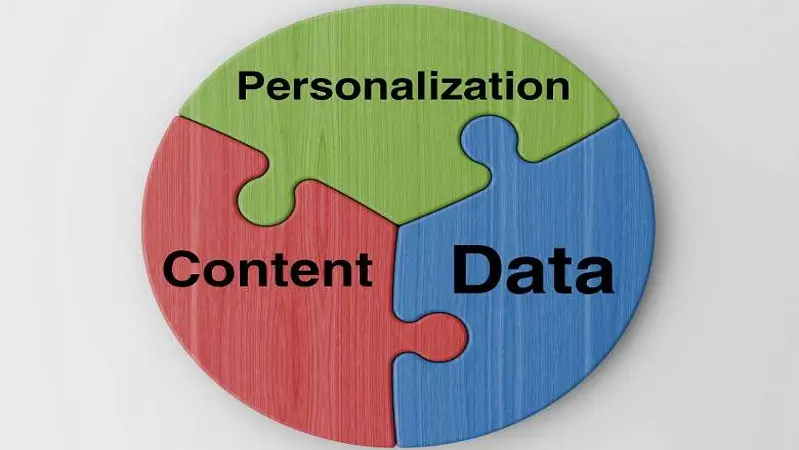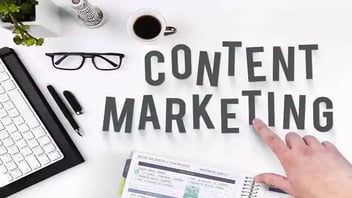When & Why to Personalize Your Content
Day in and day out, we are bombarded with information. We get emails, texts, pop-up advertisements from websites we visit, and sponsored posts and ads on the social media platforms we frequent.
We might receive direct mail or call solicitations depending on a person's age and interests.
How do consumers and businesses decide which content to read and which to delete or throw away? A key factor is whether or not it is personalized. Messages tailored to the recipients stand a much better chance of grabbing their attention and motivating them to act.
As James Tennant points out in a Content Marketing Institute blog, "Stop Thinking About Personalized Content as an Extra," there are few arguments against content personalization.
Put Thought Into Personalizing Content
For personalization to be genuinely effective, you've got to have the correct data and the ability to segment it to your specific audience. Emma O'Neill says one way to obtain it is to ask the right questions. She suggests contacting your audience about why they visit your website, asking for your email updates, or signing up to receive your newsletter.
Part of your Content Marketing Strategy should be to build buyer personas – a snapshot of behaviors and demographics reflecting your ideal customers. So now that you know why to personalize content and ways to segment data, let's examine three channels often leveraged for content personalization.
1. Email
If all you have is a person's email address and first and last name, you can program an email with "Hi, Sally." Putting the subject's name in the email subject line is a quick and easy way to personalize it.
But there are other, more sophisticated tactics. For example, Campaign Monitor suggests customizing the content of the email to the recipient's location, gender, or other knowledge you have about them.
It's been proven repeatedly that emails sent to members of your audience identifying them by name and directly addressing their needs and wants are far more likely to be read and acted upon than messages lacking those crucial details.
Personalization is not about saying "Hello, <First_Name>," it's about understanding a customer's needs and tailoring the experience to them. - J.C. Penney
2. Website Landing Page
A landing page is a webpage with a specific purpose – typically, to present an offer.
When you send a personalized email to a prospective customer, if there's a landing page associated with it, the mail includes a clickable link to that webpage.
There, the visitor can download an item of value. It may be a white paper, an infographic, or survey results. Or they can receive a product brochure or request a no-cost consultation. It depends on what you want the person to do.
In exchange for this information, the visitor must fill out a form. You can ask them to provide their name and possibly other facts, such as their company's name and size and job title. Your form may also inquire if they have the power to decide whether the organization can and will buy your product or service.
3. Discount Offer
Personalizing a discount offer makes the recipient feel like you know them and want to give them something unique and special.
Several criteria can be used to create the offer – previous purchases, the cost of the product or service previously bought, and the buyer's location. You can even incorporate the time of year.
In the B2B world, discounts are often a company's primary marketing investment, according to the Boston Consulting Group. It can reach 30% off list price sales or even more. But it's critical to use discounts strategically. Otherwise, they can deflate the value of your products and services.
This is why offering discounts to customers across the board is rarely a good idea. Instead, BCG recommends value-based discounting, which ties discounts to the value provided by a particular customer.
Content Personalization Works
Now you know why personalizing content is essential in the business world. People and organizations must sort through a constant stream of information sent to them. Beyond just having good content, whether and how content is personalized and your messages tailored to the recipients will often determine if you gain the recipient's attention and spur them to take the action you want them to take.
Do you want to learn more about content personalization and how it can help grow your business?
This content is also available in:
- German: Wann und warum Sie Ihre Inhalte personalisieren sollten
- Spanish: Cuándo y por qué personalizar su contenido
- French: Quand et pourquoi personnaliser votre contenu
- Italian: Quando e perché personalizzare i contenuti
- Romanian: Când și de ce să vă personalizați conținutul
- Chinese: 何时及为何个性化您的内容










Leave a Comment